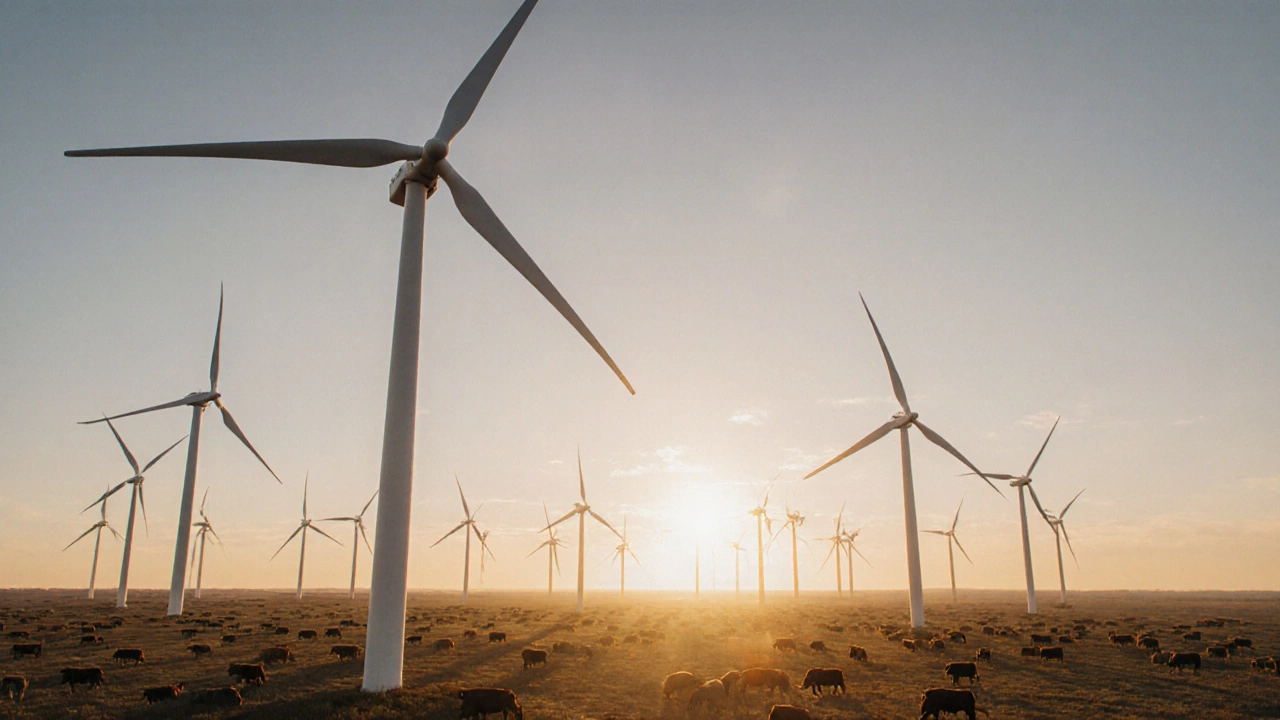Hydropower in India: How It Works, Challenges, and Real Impact
When we talk about hydropower, the process of generating electricity by using flowing or falling water. Also known as hydroelectric power, it’s one of the oldest and most widely used forms of renewable energy in India. Unlike solar or wind, hydropower doesn’t wait for the sun or the wind—it runs continuously, day and night, as long as water flows. In India, it provides nearly 12% of the country’s electricity, making it the second-largest source of renewable power after solar.
But hydropower isn’t just about dams and turbines. It’s tied to renewable energy, energy sources that naturally replenish without depleting the planet’s resources policies, local communities, and even climate patterns. A big dam might generate clean power, but it can also flood villages, disrupt fish migration, or change river ecosystems. That’s why many of India’s hydropower projects face delays—not because of bad engineering, but because of poor planning, weak community engagement, and shifting monsoon patterns.
What you’ll find below isn’t a list of generic facts. It’s a collection of real stories and data from India’s energy frontlines. You’ll see how clean energy, energy sources that produce little to no greenhouse gas emissions during operation projects like hydropower interact with technology transfer, public policy, and local needs. Some posts break down why renewable energy is now cheaper than coal. Others show how researchers get paid to study these systems—or why some projects fail because no one was asked what the village needed. You’ll also find how hydropower fits into the bigger picture of India’s energy transition, alongside solar, wind, and green hydrogen.
There’s no single answer to whether hydropower is good or bad. It’s powerful, reliable, and clean—but only if it’s done right. The posts here don’t sell you a dream. They show you the real trade-offs, the people behind the projects, and the data that matters. Whether you’re curious about energy costs, curious about how science gets from lab to land, or just trying to understand India’s energy future, you’ll find something that connects.




